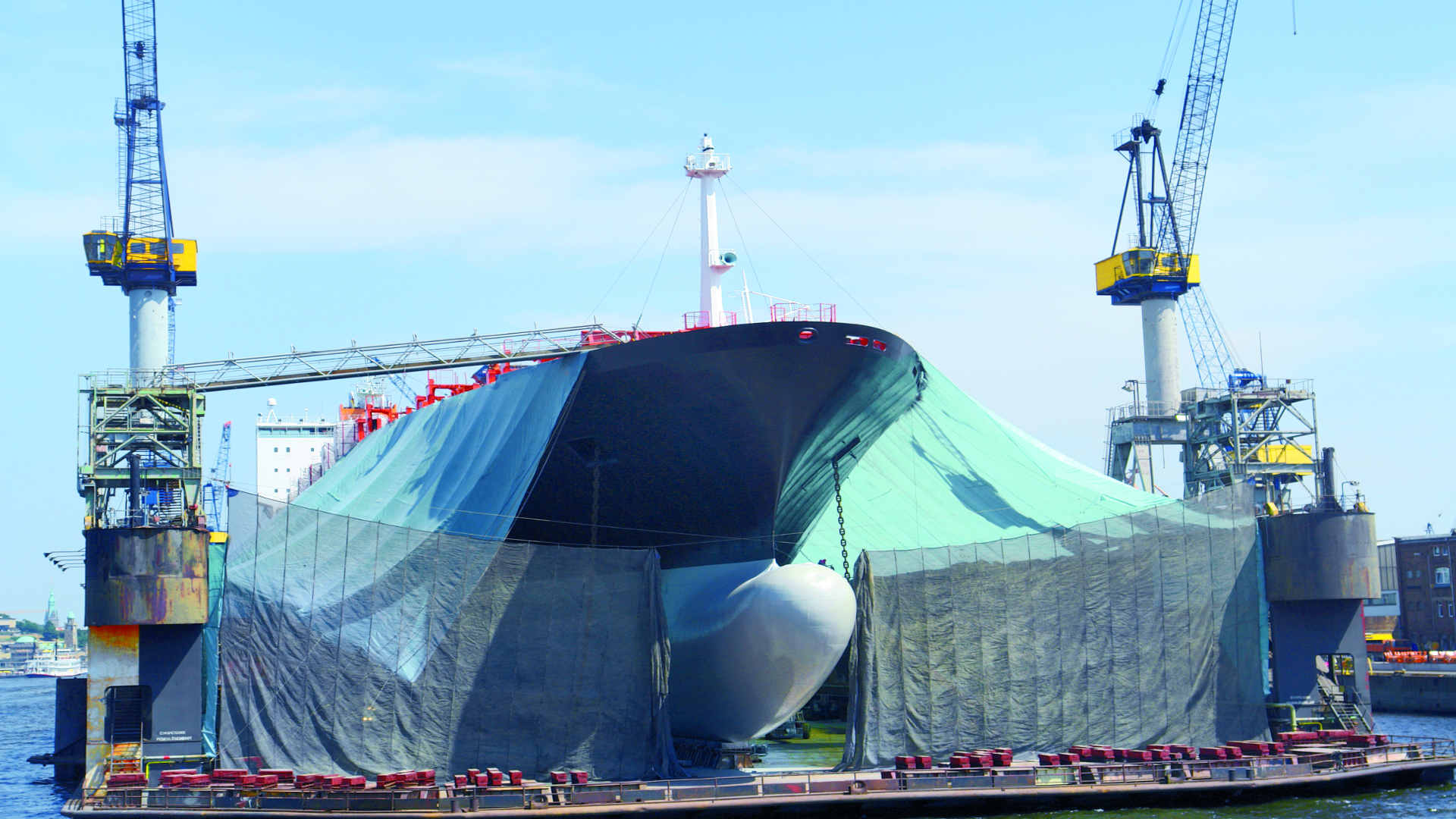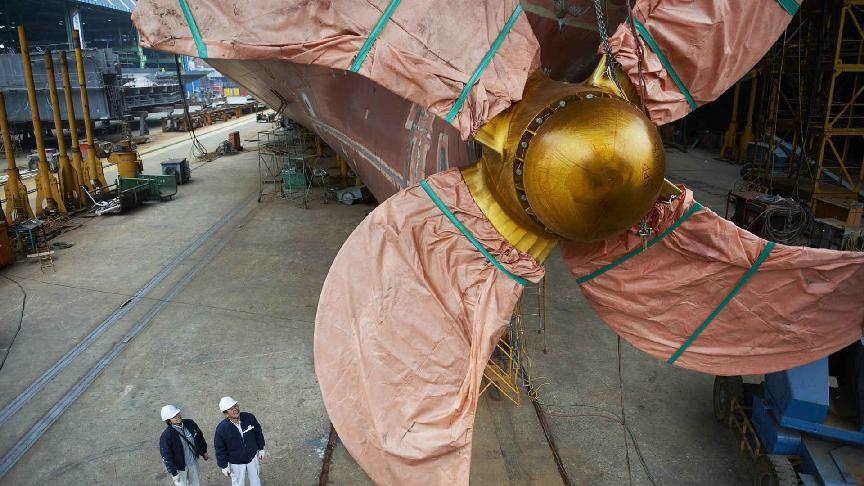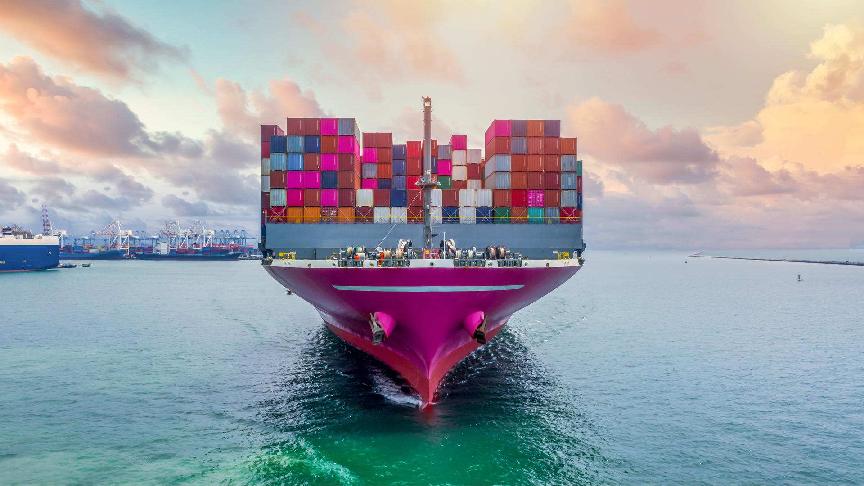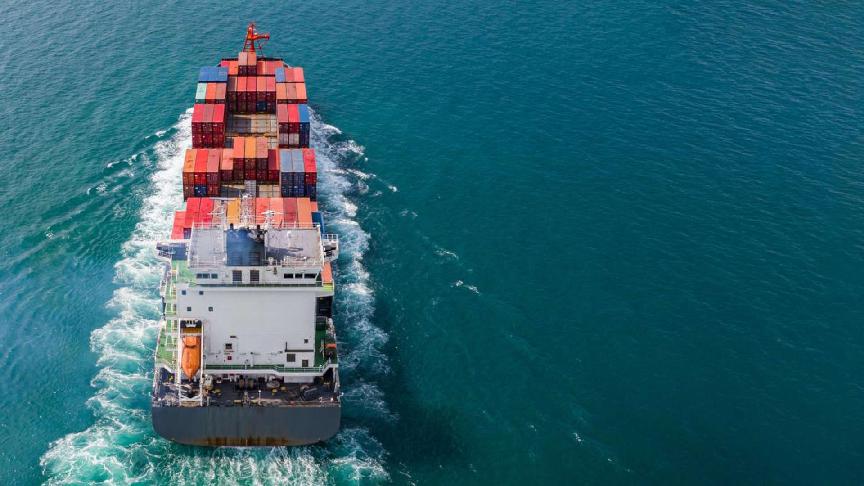10 August 2023 (Lloyd's List) - CONTAINERSHIP newbuilding contracting has slowed since its peak in 2021, but record numbers of new vessels have still entered the fleet this year, according to figures from BIMCO.
“Deliveries of new containerships during the first seven months of the year reached a new record high of 1.2m teu in 2023, beating the previous record by 200,000 teu,” said BIMCO chief shipping analyst Niels Rasmussen.
“As recycling of ships has remained low, the fleet capacity has grown 4.3% since January.”
New orders year to date were below where they stood in 2021, but remained as high as during the 2010s, he added. The 1.3m teu ordered this year had maintained the expanded orderbook, which still stands at just 3,000 teu below the peak of 7.6m teu it reached in March 2023.
“The orderbook is in fact so large that ship deliveries are expected to exceed the previous full-year record of 1.7m teu three years in a row,” BIMCO said.
“Based on current estimated delivery dates, a total of 2.4m teu, 2.9m teu, and 1.9m teu are expected to be delivered in 2023, 2024 and 2025 respectively.”
But the growth of the fleet comes against a backdrop of weak economic developments and declining trade growth.
“Highlighting the current time charter and freight rate market weakness, headhaul and regional trade volumes have grown 5.3% compared to the second quarter of 2019 while fleet capacity has grown 17%,” Rasmussen said.
While supply growth could be tempered by slower sailing, further fleet capacity growth of about 15% in the coming year and a half underlines how supply-side growth would remain a challenge for shipowners and operators, he added.
And while scrapping would have some impact on final supply numbers, it was not a panacea.
“Despite recycling of older ships, the fleet is still expected to grow by approximately 4.5m teu between early 2023 and early 2025, increasing the fleet capacity by nearly 18%,” Rasmussen said.
Recycling of ships is expected to increase in the coming years, as more energy efficient ships replace less efficient ones as owners try to cut greenhouse gas emissions.







